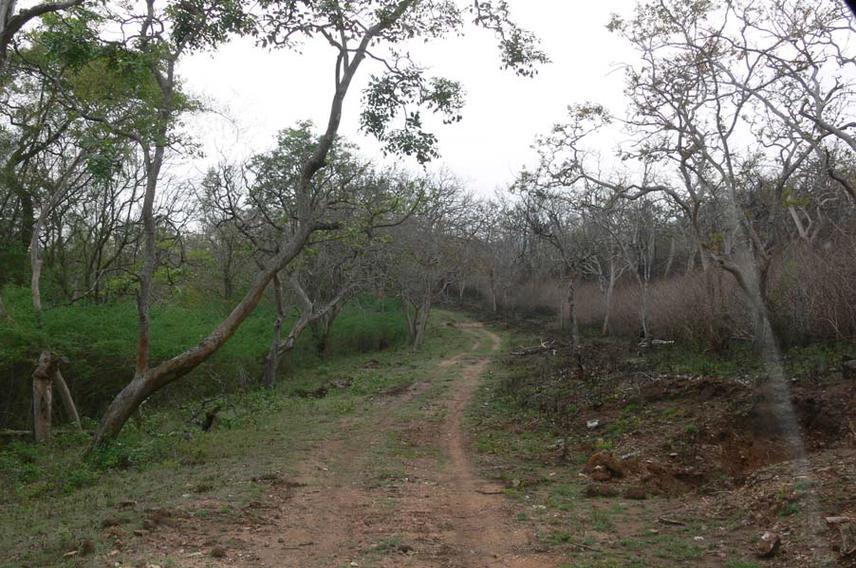Ayesha Prasad
Other projects
11 Nov 2014
Forest Restoration meets Community Development - Converting Lantana camara into Fuel Briquettes for Indigenous Communities
The aim of this project is to elucidate the ecological impacts of Lantana camara, which extensively infests wildlife habitats across the Western Ghats, and to identify appropriate management measures.

Bird-dispersed seeds germinate rapidly and remain in the seed bank for years. As a result, Lantana can invade and dominate the forest understory.
At human densities exceeding 300 people/km², the Nilgiri Biosphere Reserve, in the biodiversity hotspot Western Ghats, is subject to a wide range of anthropogenic disturbances. Additionally, in recent years, exotic plants such as Lantana camara, Eupatorium odoratum, and Parthenium hysterophorus have invaded the deciduous habitats in this landscape, altering native vegetation community dynamics and wildlife.
Preliminary work by our team in Bandipur has shown a striking inverse pattern in the distribution of the above invasive plants and the overall distribution of dominant large mammal species. This pattern has extremely important conservation implications not only for the wildlife, but also for the structure and composition of these forests. Research that is focused on understanding the impact of invasive plants on the forests’ vegetation and wildlife, in critical for the successful conservation of these wildlife habitats. This project focuses on Lantana camara, among the most invasive plants in India.
The infestation of the dry deciduous forests of Bandipur National Park, in the Western Ghats by Lantana camara is severe and widespread. Despite this, the extent of infestation is yet to be quantified and its effects on vegetation communities and consequently wildlife communities remain largely unknown. This study will throw light on these, thus addressing a conservation problem that is chronic yet overlooked. It will address a major knowledge gap in combating the effects of plant invasives in India’s wildlife habitats by describing patterns of impact at various scales investigating its ecological impacts through controlled experiments across the study area. It will identify herbivore species vulnerable to Lantana-driven vegetation community changes.
Finally, we will endeavour to get Park officials to incorporate the results of this work in to their management plans, so that targeted management measures are effective, useful, and scientifically valid. This work will dovetail with a larger conservation programme in Bandipur which seeks to integrate knowledge of ecological impacts of disturbance with understanding of the socio-economic fabric of forest-dependence by local and tribal communities.